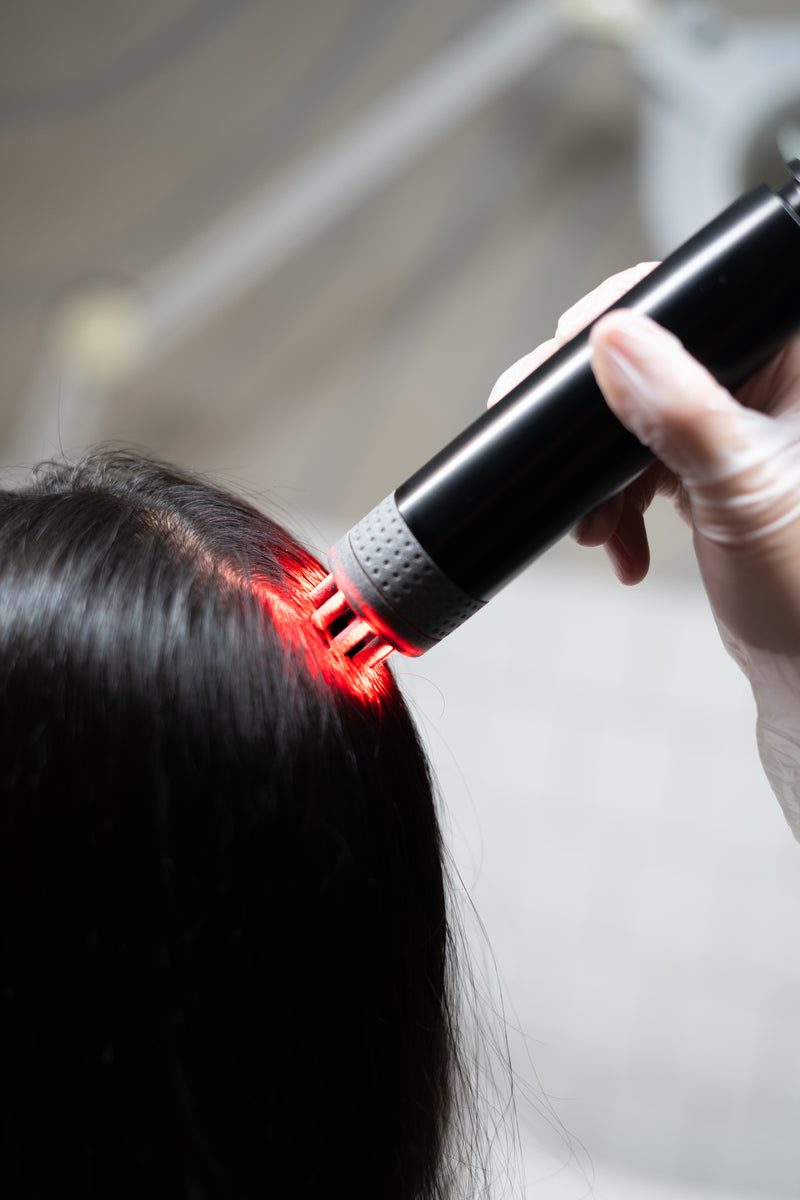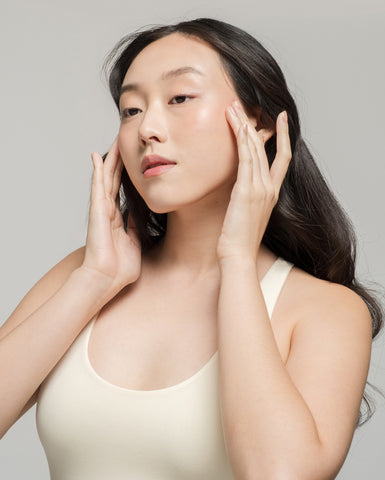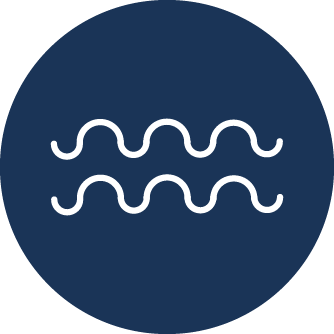All About Hair Loss
Thinning hair? Patchy bald spots? Here’s everything you need to know about hair loss and how to treat it with science-backed solutions that actually work.
What Is Hair Loss?
Hair naturally sheds every day, but when it becomes excessive or visibly changes your hairline or volume, it may signal an underlying issue. Hair loss can appear gradually (like thinning at the hair part) or suddenly (such as patchy bald spots or handfuls of shedding). Identifying the cause is the first step toward finding the right solution.
What Causes Hair Loss?
There are different patterns and causes of hair loss. Some of the most common include:
- Androgenic Alopecia (Pattern Hair Loss): A slow, progressive thinning caused by genetics and hormones. In men, this often shows as a receding hairline or crown balding. In women, it’s typically a widening part or general thinning on top.
- Telogen Effluvium: A sudden, temporary form of shedding due to stress, illness, or hormonal changes (e.g., postpartum). You may notice gradual thinning or increased hair fall without bald patches.
- Alopecia Areata: An autoimmune condition that results in round, patchy bald spots on the scalp or beard area. It can occur suddenly and may recur.
Other causes:
- Hormonal imbalances: PCOS, thyroid disorders, or post-pregnancy shifts
- Lifestyle triggers: Poor nutrition, stress, certain medications, and lack of sleep all play a role
- Scalp health: A congested, inflamed, or poorly nourished scalp can limit hair regrowth
Remember! Most treatments require multiple sessions for best results. Consistency and proper aftercare are key to seeing visible improvements.
How To Treat Hair Loss
Because hair loss has many causes, the best treatment depends on your specific diagnosis to restore scalp health and stimulate regrowth:
Treatments
- Tricopat: The world’s first anti-hair loss and regrowth device that combines patting stimulation, electrostimulation, and photostimulation to reduce hair loss and thinning, stimulates hair regrowth, and improves overall scalp health. It’s also needle-and-downtime-free!
- Exosomes / Hair Growth Factor Treatments: Regenerative treatments that repair at the cellular level, supporting follicle activity and boosting hair density.
- Scalp Boosts + Peels: Deep-cleansing and exfoliating treatments to unclog follicles, improve scalp circulation, and prep the skin for better product absorption.
- Consistency! Most treatments require regular sessions for optimal results.
Bottom Line
Hair loss is more common and more treatable than you think. Whether it’s stress-related or hereditary, you don’t have to wait until it gets worse. With expert diagnosis, scalp-focused care, and consistent treatments, stronger, fuller hair is within reach.
What Is Hair Loss?
Hair naturally sheds every day, but when it becomes excessive or visibly changes your hairline or volume, it may signal an underlying issue. Hair loss can appear gradually (like thinning at the hair part) or suddenly (such as patchy bald spots or handfuls of shedding). Identifying the cause is the first step toward finding the right solution.
What Causes Hair Loss?
There are different patterns and causes of hair loss. Some of the most common include:
- Androgenic Alopecia (Pattern Hair Loss): A slow, progressive thinning caused by genetics and hormones. In men, this often shows as a receding hairline or crown balding. In women, it’s typically a widening part or general thinning on top.
- Telogen Effluvium: A sudden, temporary form of shedding due to stress, illness, or hormonal changes (e.g., postpartum). You may notice gradual thinning or increased hair fall without bald patches.
- Alopecia Areata: An autoimmune condition that results in round, patchy bald spots on the scalp or beard area. It can occur suddenly and may recur.
Other causes:
- Hormonal imbalances: PCOS, thyroid disorders, or post-pregnancy shifts
- Lifestyle triggers: Poor nutrition, stress, certain medications, and lack of sleep all play a role
- Scalp health: A congested, inflamed, or poorly nourished scalp can limit hair regrowth
Remember! Most treatments require multiple sessions for best results. Consistency and proper aftercare are key to seeing visible improvements.
How To Treat Hair Loss
Because hair loss has many causes, the best treatment depends on your specific diagnosis to restore scalp health and stimulate regrowth:
Treatments
- Tricopat: The world’s first anti-hair loss and regrowth device that combines patting stimulation, electrostimulation, and photostimulation to reduce hair loss and thinning, stimulates hair regrowth, and improves overall scalp health. It’s also needle-and-downtime-free!
- Exosomes / Hair Growth Factor Treatments: Regenerative treatments that repair at the cellular level, supporting follicle activity and boosting hair density.
- Scalp Boosts + Peels: Deep-cleansing and exfoliating treatments to unclog follicles, improve scalp circulation, and prep the skin for better product absorption.
- Consistency! Most treatments require regular sessions for optimal results.
Bottom Line
Hair loss is more common and more treatable than you think. Whether it’s stress-related or hereditary, you don’t have to wait until it gets worse. With expert diagnosis, scalp-focused care, and consistent treatments, stronger, fuller hair is within reach.








